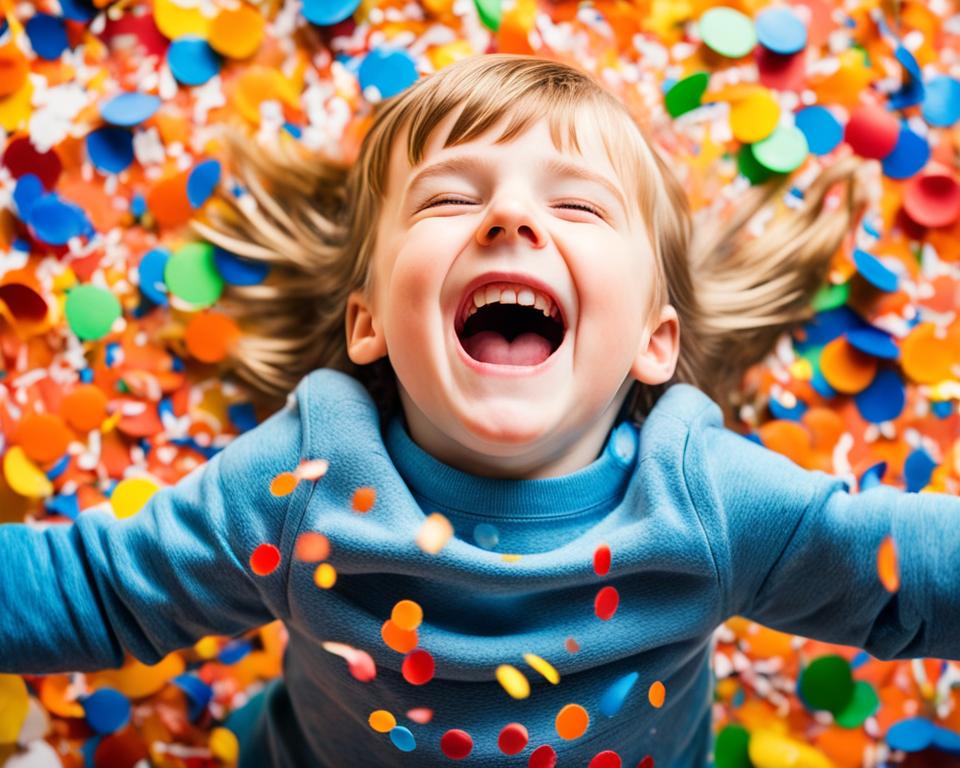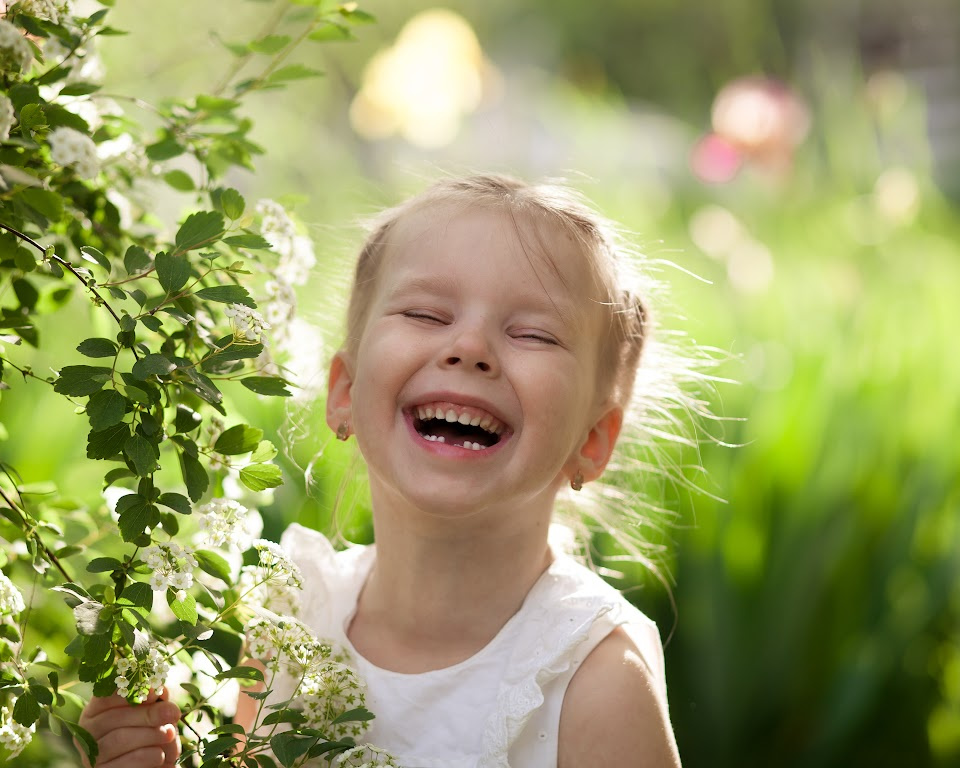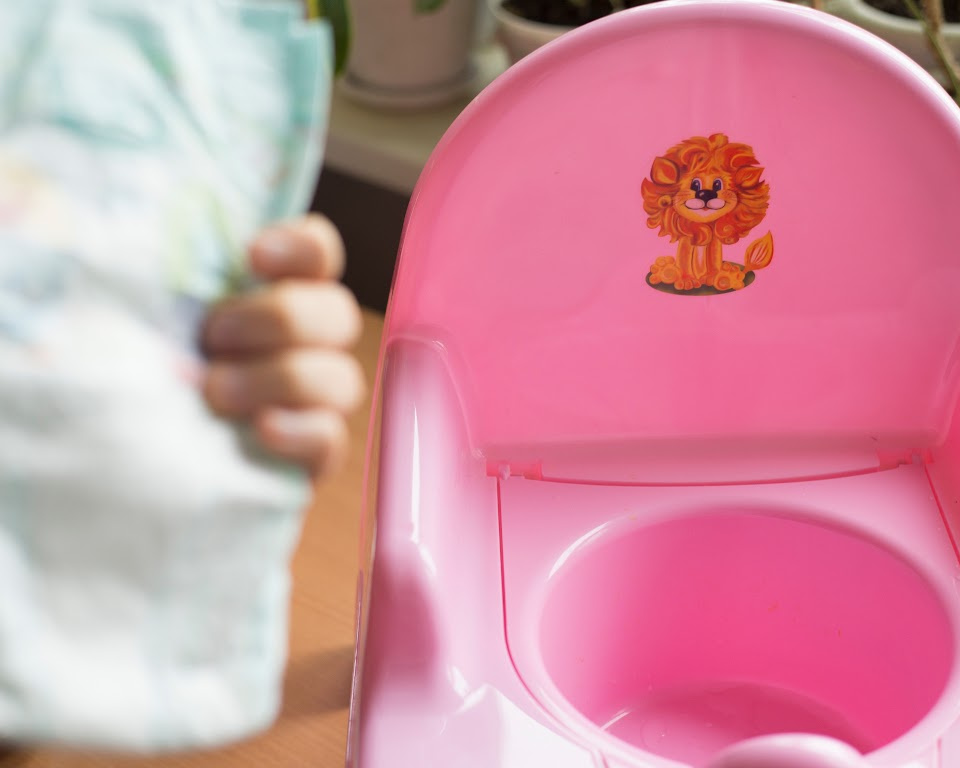Understanding how to communicate with a nonverbal autistic child is a challenge many parents, caregivers,…

Why My Autistic Child Laughs a Lot: Understanding the Behavior
If you’ve ever wondered, “why does my autistic child laugh uncontrollably,” you’re not alone. It’s a curiosity that many parents and caregivers share as they try to decode the secret behind their child’s bursts of giggles or chuckles. Laughter in autistic children isn’t always as straightforward as it might seem. Beyond a sign of happiness, laughter can serve as a sophisticated coping mechanism in autism, helping to navigate complex emotional landscapes.
While every chuckle and every giggle can be as unique as the child themselves, it’s essential to recognize that sometimes it’s more than just a joke or a silly moment causing it. From releasing tension to managing sadness by recalling joyful ‘mind-movies,’ there’s a world of meaning and responses behind each laugh. Join us as we explore the intriguing layers behind understanding laughter in autistic children and offer insights into this common, yet sometimes perplexing, behavior.
Decoding Autistic Laughter: The Emotional Spectrum
Autistic laughter is a window into the vibrant inner life of those on the spectrum. Engaging with this aspect of autism necessitates a nuanced appreciation of the different contexts in which laughter can occur. The motivations behind the laughter of children with autism are as diverse and complex as their individual experiences.
Cheerful Mind-Movies: Reliving Joyful Experiences
For many children on the autism spectrum, laughter emerges as a spontaneous reaction when reliving pleasant memories. These ‘mind-movies’ transport them back to moments filled with joy, triggering laughter that is every bit as genuine as when the event first took place. The causes of uncontrollable laughter in autism can be traced to these joyous recollections that are vivid and engaging, offering a reprieve from the present and allowing for a burst of happiness.
Defensive Strategies: Laughter as a Relief from Sadness
When navigating emotions like sadness, the laughter of autistic individuals can sometimes serve as a resilient shield. By tapping into an elated moment or thought, they can deflect feelings of despair, replacing them with levity and light. By understanding the perceptions in autistic laughter, we recognize that these expressions are not always straightforward but provide an emotional sanctuary from stress and sorrow.
Sensory Triggers: Understanding Different Reactions
Sensory experiences can vary dramatically from one autistic individual to another, and these differences can trigger laughter. A specific sound, sight, or touch that most people might overlook or not find amusing can be a profound source of joy for some with autism, prompting laughter that seems unexpected to the outside observer. Autistic laughter, then, becomes a tale of personal sensory experiences and the unique perceptual world of those on the spectrum.
Why Does My Autistic Child Laugh Uncontrollably: The Underlying Causes
Parents often observe their autistic children experiencing fits of laughter that seem spontaneous and, at times, puzzling. This phenomenon is not uncommon and can be attributed to various underlying reasons that are rooted in the unique neurological makeup of autistic individuals. To understand this behavior, we must delve into the complex world of autistic sensory experiences and the influence of neurochemistry.
- Atypical Sensory Perceptions: Autistic children may have different thresholds for sensory input, leading to laughter as a response to certain sensations that are either overwhelming or not typically found humorous by others.
- Oxytocin and Emotion Regulation: The hormone oxytocin, often linked with bonding and emotional connectivity, can also influence how autistic children react to social and sensory stimuli, potentially resulting in uncontrolled laughter.
- Distinctive Laughter Patterns: Research indicates that autistic individuals may have unique laughter patterns that can manifest as brief and frequent episodes, differing from those who are neurotypical.
- Misunderstanding Social Cues: Misinterpreting social signals can lead to laughter at times that may seem inappropriate to others, prompting the need for dedicated efforts to foster greater understanding.
In response to these behavioral patterns, experts on laughter in autism have highlighted the necessity for tailored interventions for uncontrollable laughter in autistic children. These interventions aim to equip children with more appropriate responses to social cues while respecting their natural tendencies. With therapies for excessive laughter in autism, parents and educators are provided with strategies to help autistic children navigate complex social environments more comfortably.
While uncontrollable laughter may at first appear to be a challenge, with understanding and proper support, it can be addressed effectively. The goal is not to suppress a child’s natural inclinations but to guide them in managing their reactions in a way that is harmonious with their environment. Interventions designed with compassion and knowledge can lead to improved social understanding and interactions, making the world a more inclusive place for autistic individuals.

Interventions and Strategies: Supporting Excessive Laughter in Autism
When it comes to strategies to manage uncontrollable laughing in autism, it’s essential to approach the behavior with thoughtful interventions. Tailoring support to address these episodes not only assists the autistic child in a moment of need but also provides a foundation for healthier social interactions. Supportive techniques can significantly improve the quality of life for both autistic children and their families.
Humor and Joke-Telling as Development Tools
Introducing the concepts of humor and joke-telling can offer autistic children new ways to communicate and express themselves. This encourages understanding of social cues and timing, affording them a deeper connection with their environment:
- Starting with simple, concrete jokes that match the child’s developmental level.
- Progressing to interactive humor that requires turn-taking and observing reactions, which deepens social engagement.
- Pairing humor with visual aids or gestures that can support the learning process.
Using Visual Tools to Differentiate Appropriate Laughter
Visuals are compelling educational tools for autistic children; they can clarify when and how to laugh in social settings:
- Using storyboards or comic strips to illustrate situations where laughter is appropriate.
- Employing social modeling videos that show the correct response to jokes or humorous situations.
- Integrating apps or games designed for autism that reinforce understanding through interactive scenarios.
Social Stories for Improved Interaction
Social stories are powerful tools that enable children to navigate complex social situations by breaking them down into manageable narratives:
- Creating tailored stories that depict instances of laughter being used positively in social interaction.
- Incorporating the child’s personal experiences into stories, making them more relatable.
- Reinforcing the learning by role-playing situations described in the social stories.

Tips for parents dealing with uncontrollable laughter in autistic children often extend past theory into the domain of continuous, compassionate practice. The application of these strategies requires patience and adaptability, ensuring each child’s unique needs are met with a tailored approach.
Conclusion
In summary, it’s clear that the laughter of autistic children is a complex and deeply personal experience, as varied as autism itself. Through this article’s exploration into the emotional spectrum, underlying causes, and viable interventions, we gain insight into the importance of supporting autistic children with uncontrollable laughter. Empathy stands as the cornerstone of understanding these unique expressions of joy and the strategies to manage uncontrollable laughing in autism.
For parents wrestling with the challenges and seeking tips for parents dealing with uncontrollable laughter in autistic children, patience and tools such as social stories or visual aids are invaluable. Indeed, fostering an environment where humor is shared appropriately can path the way for more positive and inclusive social interactions. As children develop these skills, they build a platform to share their laughter not as a source of confusion, but as one of connection and shared delight.
Ultimately, tailored support can transform the lives of autistic children, enabling them to navigate their emotions while connecting meaningfully with the world around them. Nurturing this aspect of their development is essential, allowing the natural joy and spontaneity of laughter to enrich their lives and those of their families, peers, and wider community.
FAQs
Why does my autistic child laugh uncontrollably?
Uncontrollable laughter in autistic children can be due to various reasons. Often, it’s a coping mechanism for managing emotions, such as using laughter to release tension or anxiety. They may also experience ‘mind-movies,’ which are vivid recollections of past happy events that trigger laughter. It can also be a response to unique sensory perceptions, where certain stimuli are perceived as amusing by the child. Additionally, some autistic children might laugh in social situations to fit in or please others, even if they don’t fully understand the humor.
Can laughter be part of how my autistic child copes with emotions?
Yes, laughter can serve as a coping mechanism for autistic children. They may laugh as a way to deal with and relieve feelings of sadness or stress. Laughter can provide a temporary escape from overwhelming emotions and serve as a psychological buffer against difficult experiences.
What causes uncontrollable laughter in autistic children?
Uncontrollable laughter in autistic children can be caused by cheerful ‘mind-movies’ (reliving joyous past events), sensory triggers (such as an unusual interpretation of sights, sounds, or touches), or synaesthetic experiences. Oxytocin levels, which affect social bonding and emotion regulation, could also play a role. In some cases, it’s a social attempt to connect with others or a self-stimulatory behavior.
How can I help my child manage uncontrollable laughter?
There are several strategies to help manage uncontrollable laughter in autistic children. Teaching them the nuances of humor and social cues, using visual tools like videos to differentiate appropriate laughter, and employing social stories can improve their social interactions. It’s important to understand their laughter and support them with patience and empathy.
Are there any interventions or therapies for excessive laughter in autism?
Yes, there are interventions and therapies that can help manage excessive laughter in autism. Behavioral therapies, social skills training, and occupational therapy can assist children in better understanding social cues and regulating their emotional responses. Additionally, working with a specialist who understands autism can provide tailored strategies to help an individual child’s needs.
What are some tips for parents dealing with their autistic child’s uncontrollable laughter?
Parents can support their autistic child by learning as much as possible about their child’s unique triggers for laughter. Being patient, maintaining a calm environment, and gently guiding them towards understanding social norms can help. Additionally, establishing a regular routine and giving them ample opportunities to express joy in appropriate settings can be beneficial. Seeking the advice of experts in autism can provide valuable insights and approaches that are tailored to your child’s specific needs.



This Post Has 0 Comments